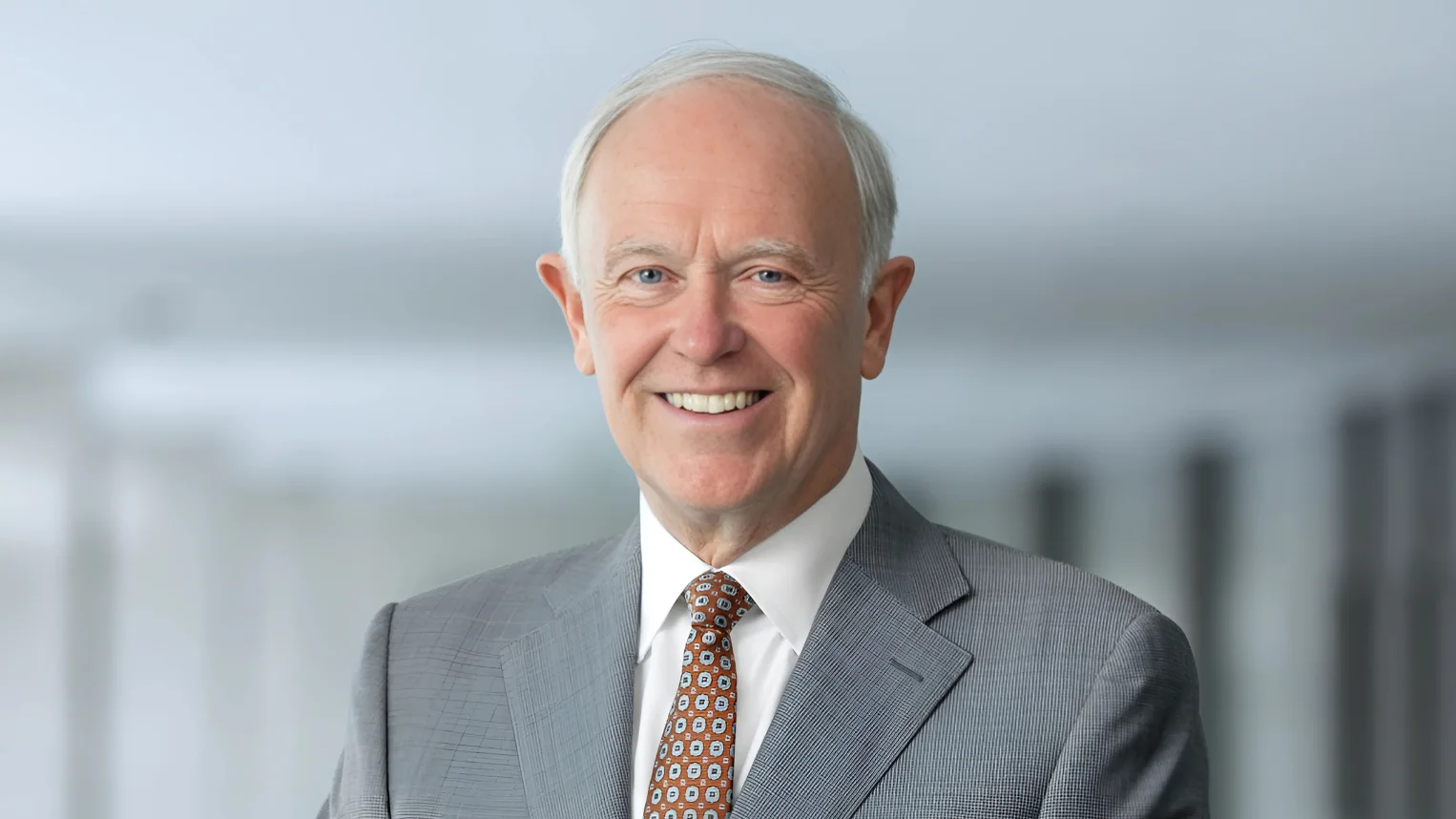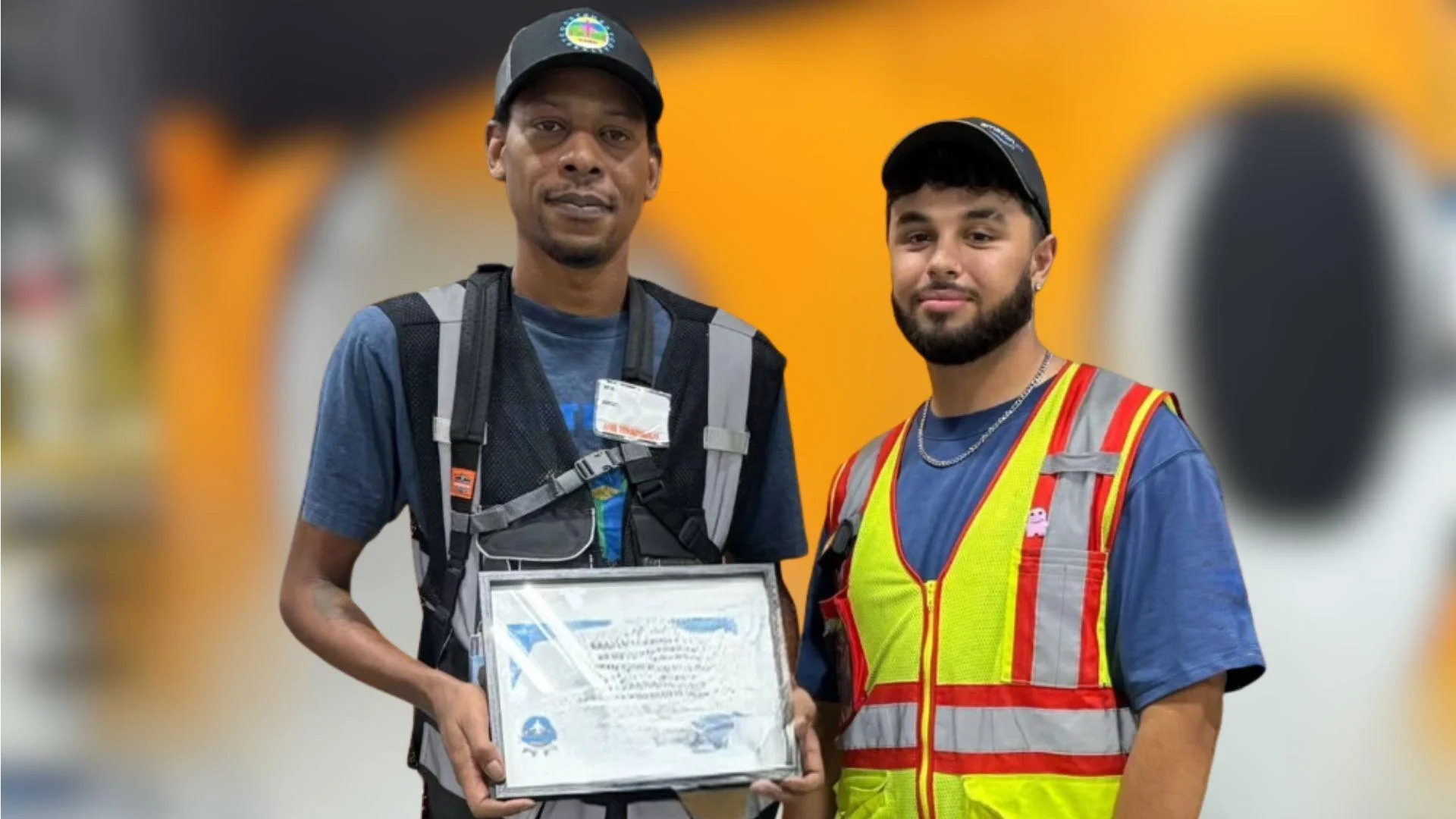ETOPS rules permit two-engine planes to safely fly overwater distances, and the Pacific route between the US mainland and Hawaii is notable for its distance from alternate airports. Flight plans for this crossing rely on the Central East Pacific Route System (CEP), which uses pre-coded routes and fixed waypoints for navigation. Pilots communicate with Oakland Oceanic Control Center through CPDLC and monitor guard frequencies for weather and turbulence reports during the four-hour radio silence.
The airspace between the US mainland and the Hawaiian Islands is increasingly busy. Six passenger airlines and multiple cargo carriers operate flights between US mainland cities and various destinations across Hawaii. While most Hawaii-bound flights originate from the West Coast of the US, it is now possible to fly to Honolulu from places as far off as Boston, Washington, DC, and Detroit.
With many flights traversing oceanic airspace, there is a need for procedures and routing to streamline this operational corridor. ETOPS rules allow two-engine planes to fly large distances overwater while complying with high levels of safety in case of an engine failure. The distance between the mainland US and Hawaii is significant because it represents one of the furthest straight-line distances from a suitable alternate airport.
 Alerts Sign-up
Alerts Sign-up










